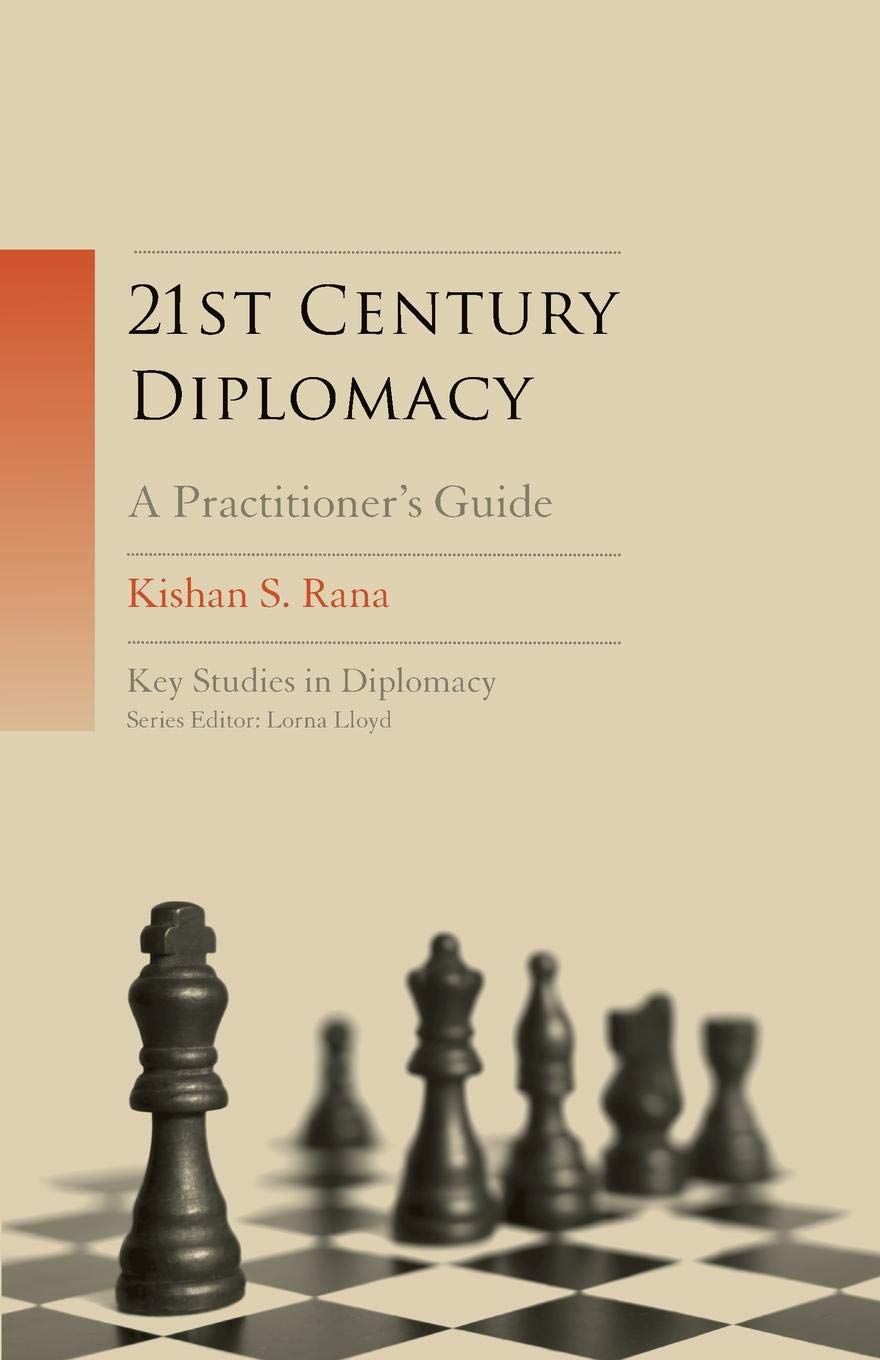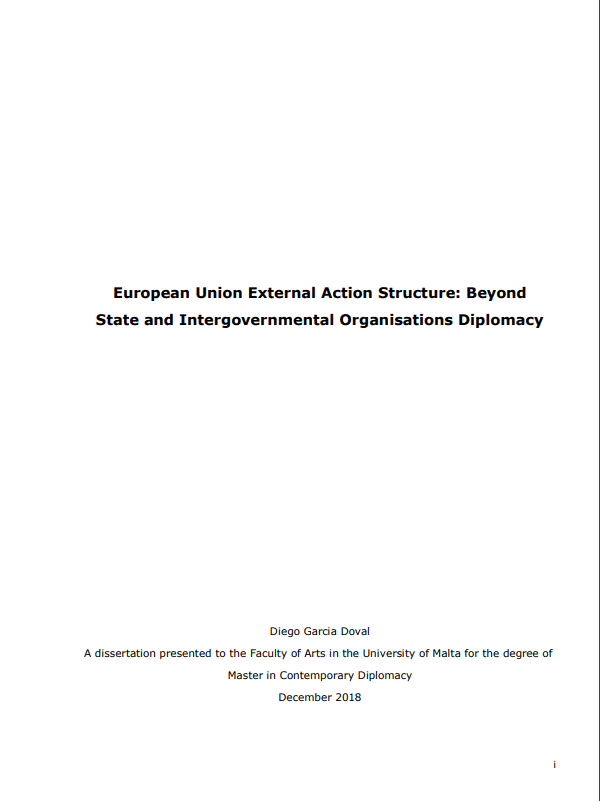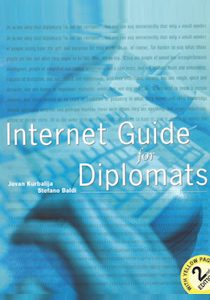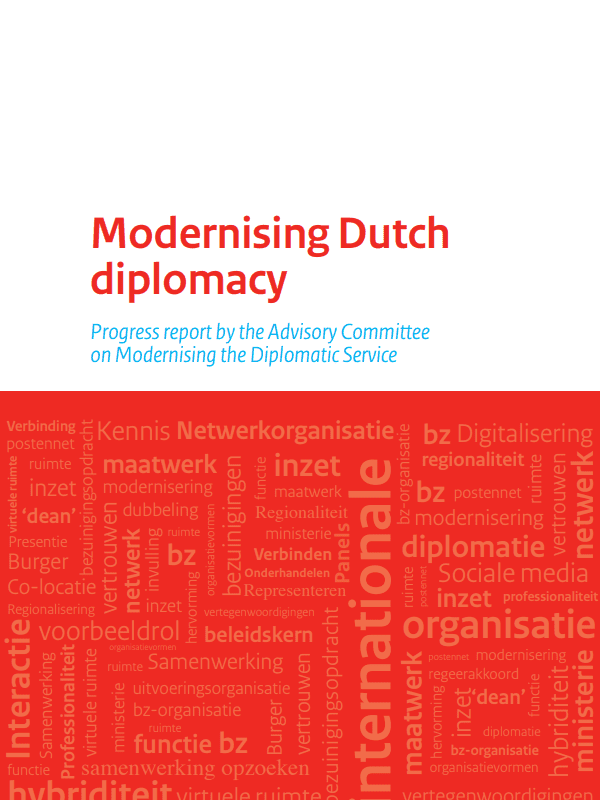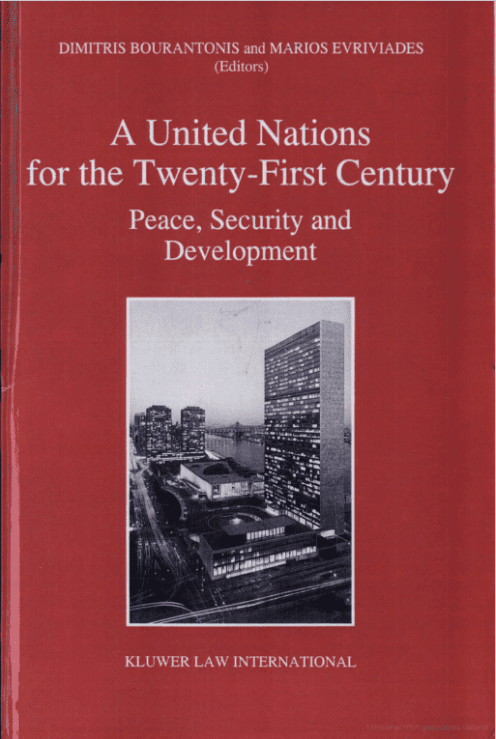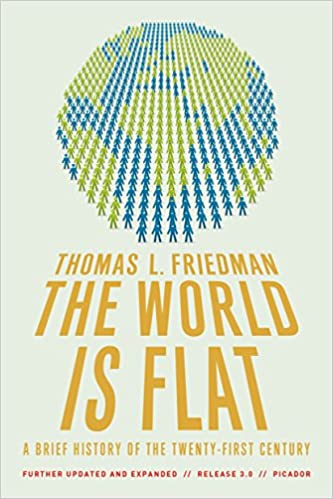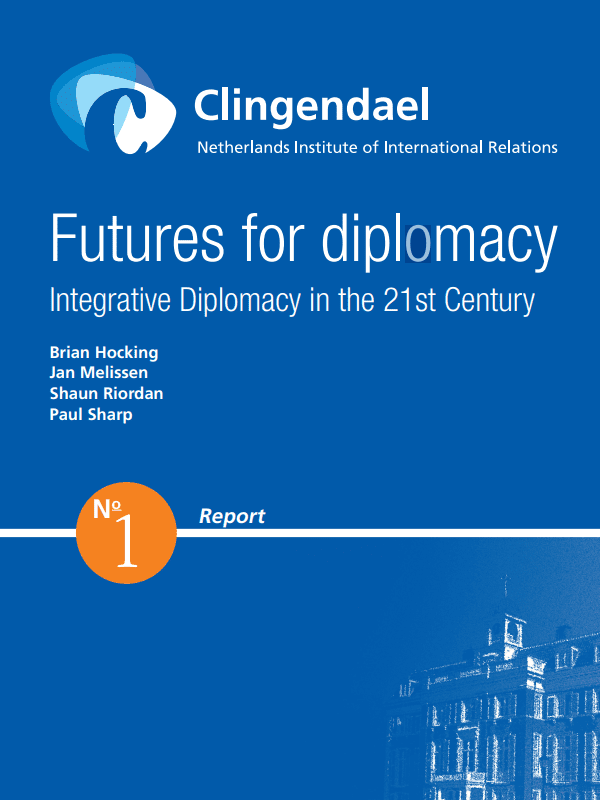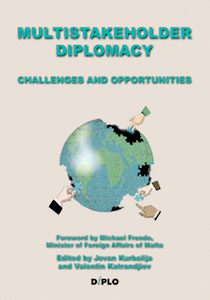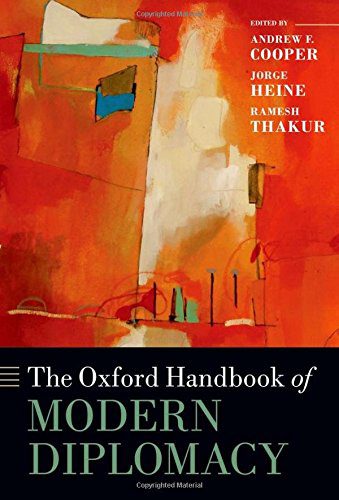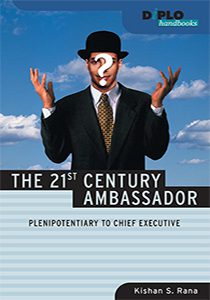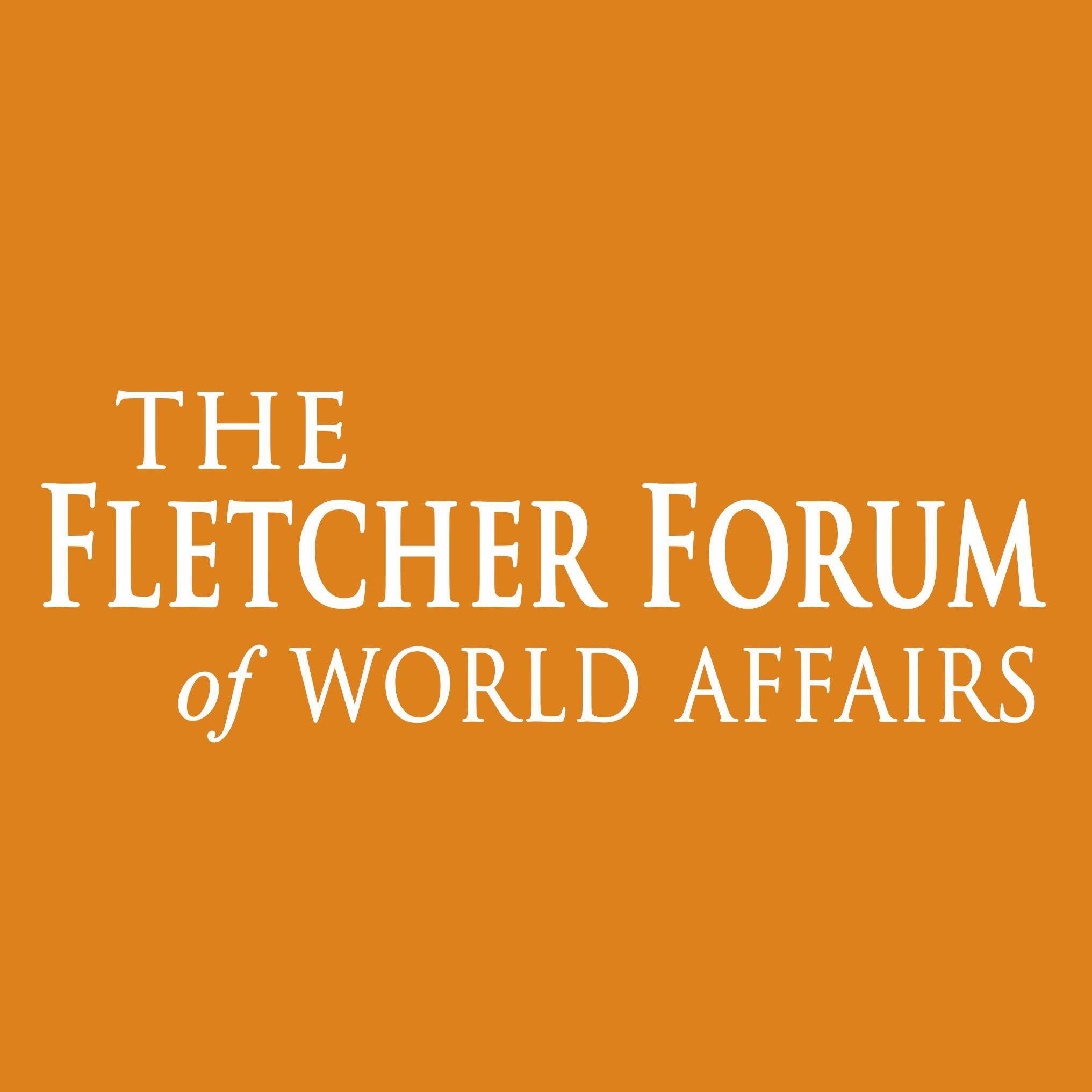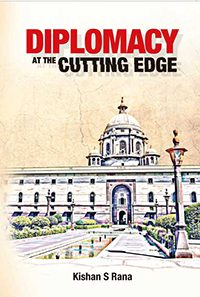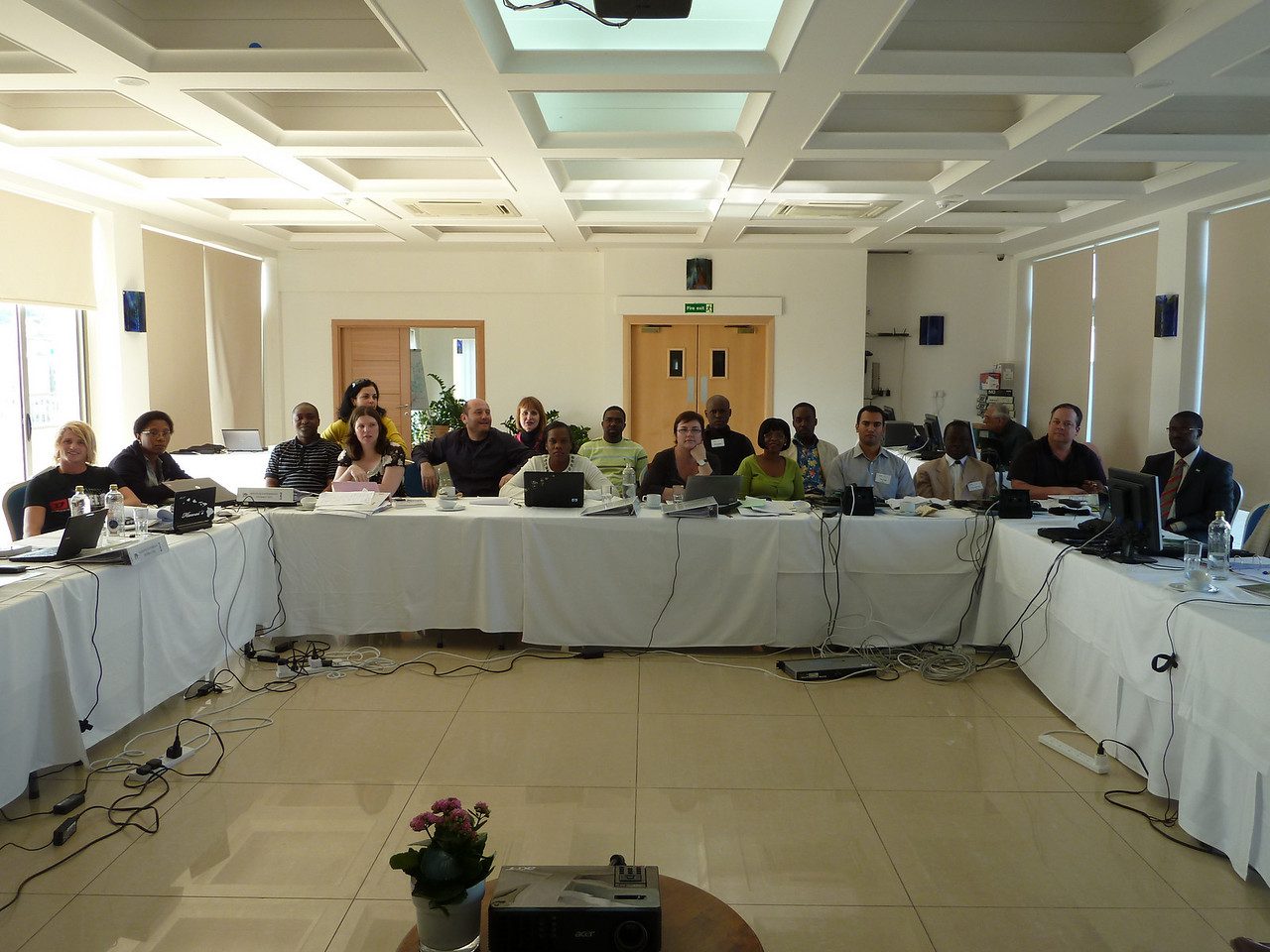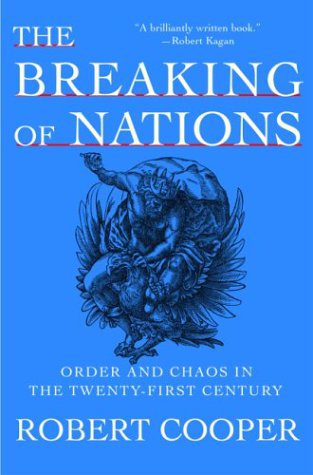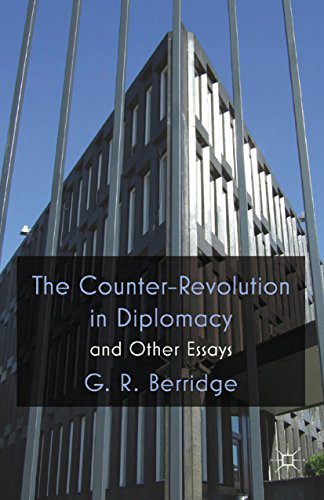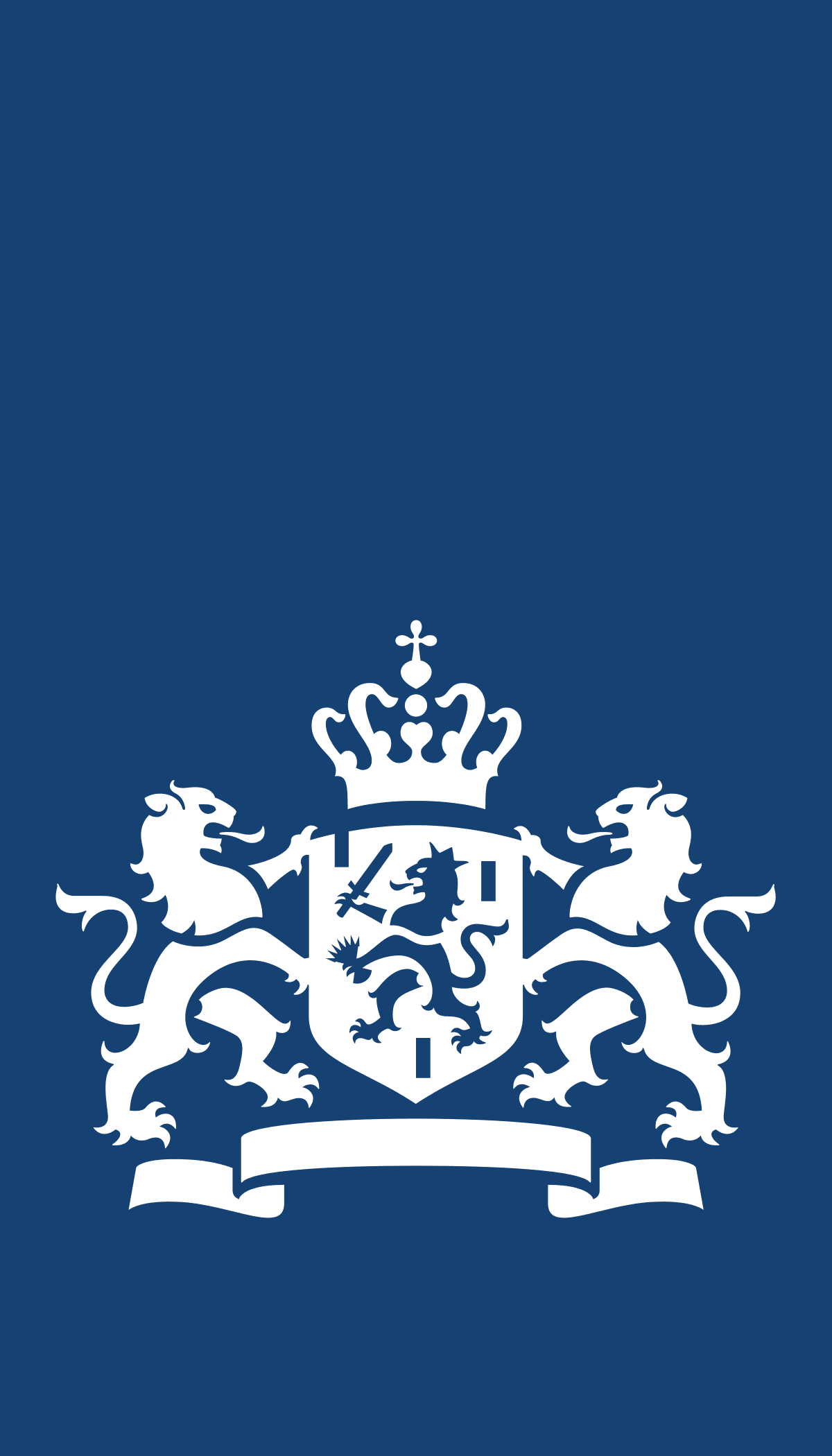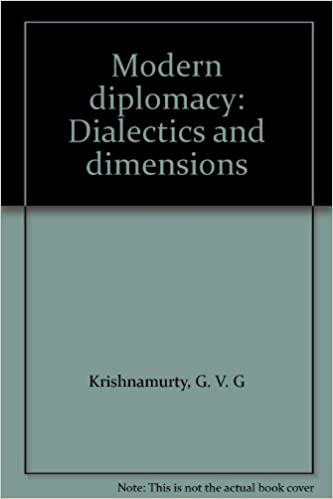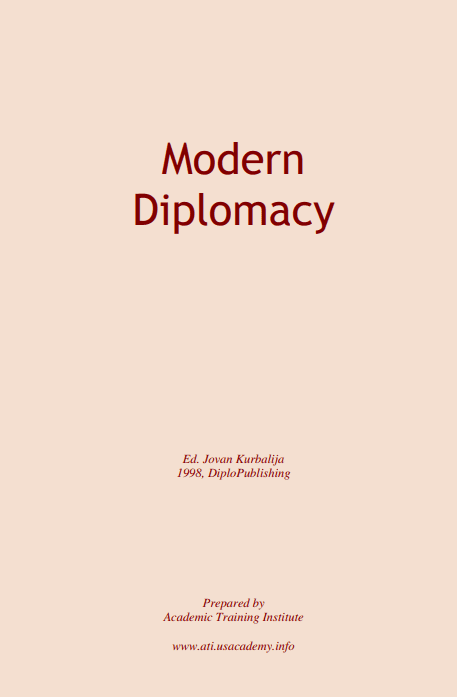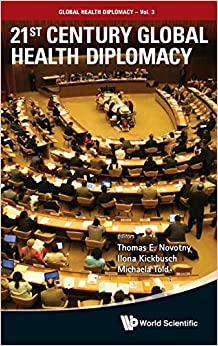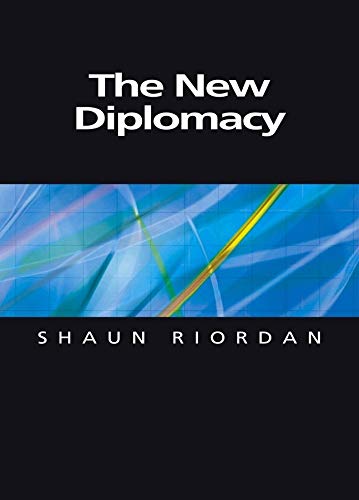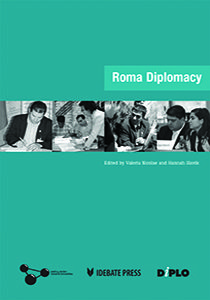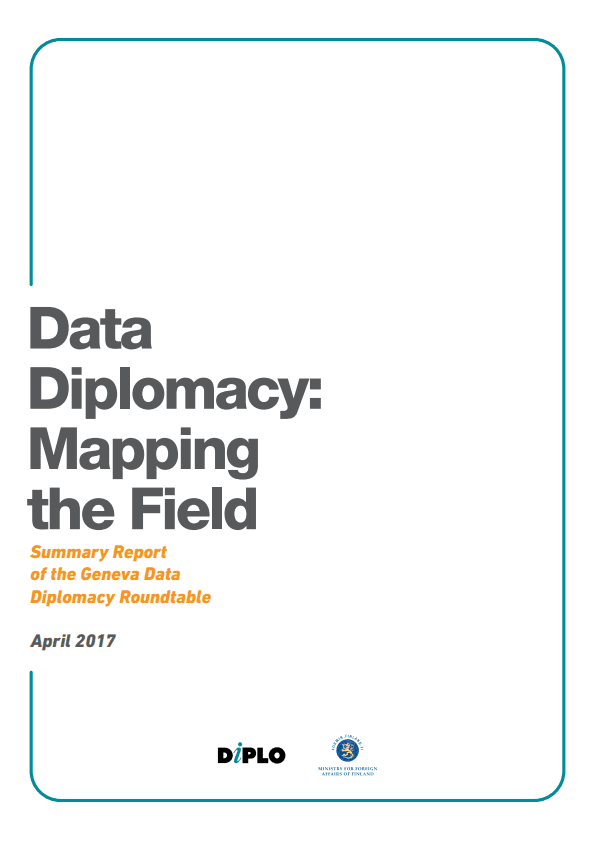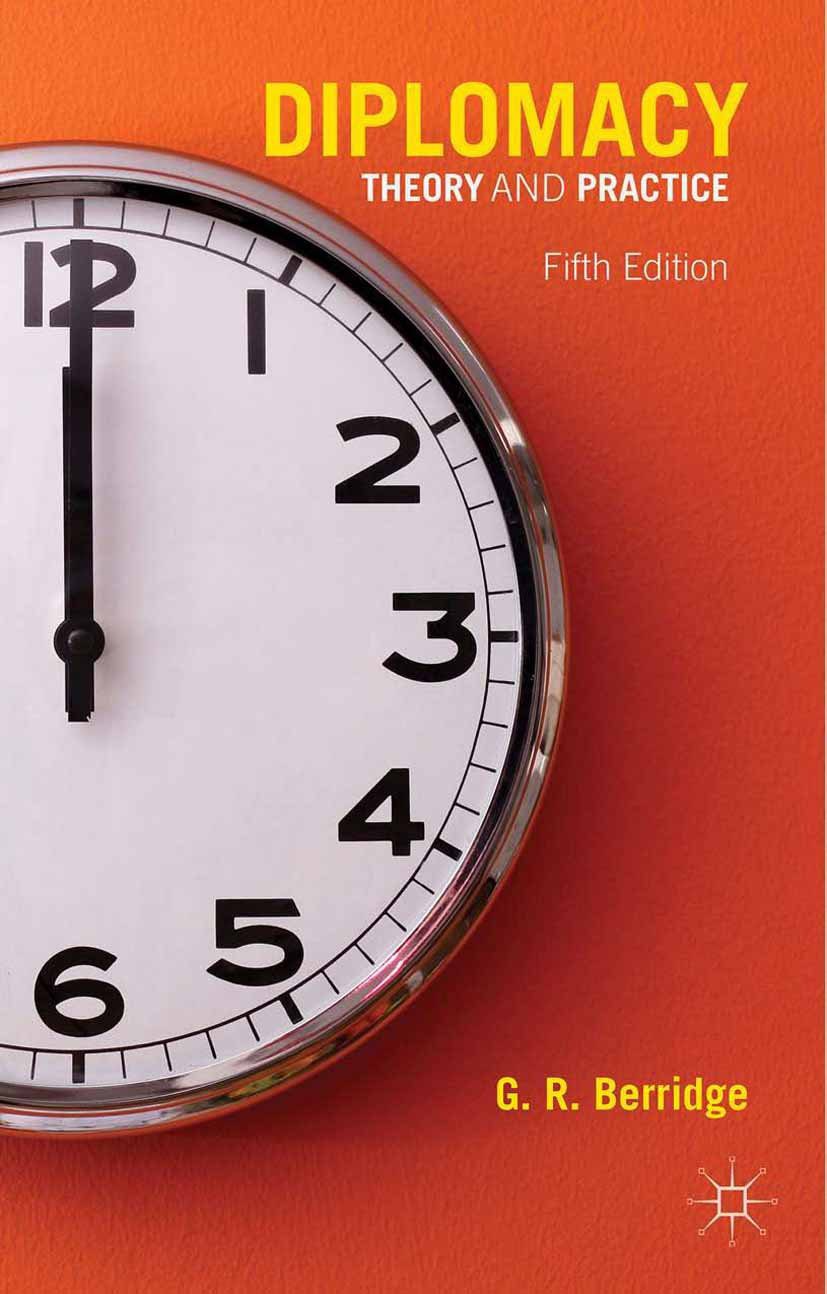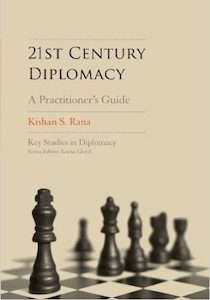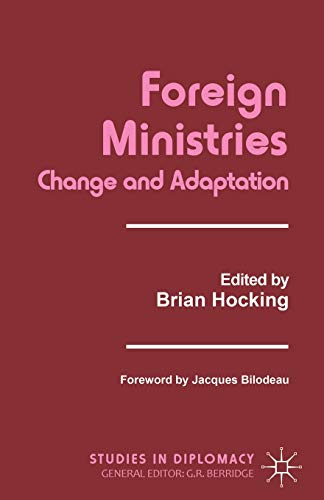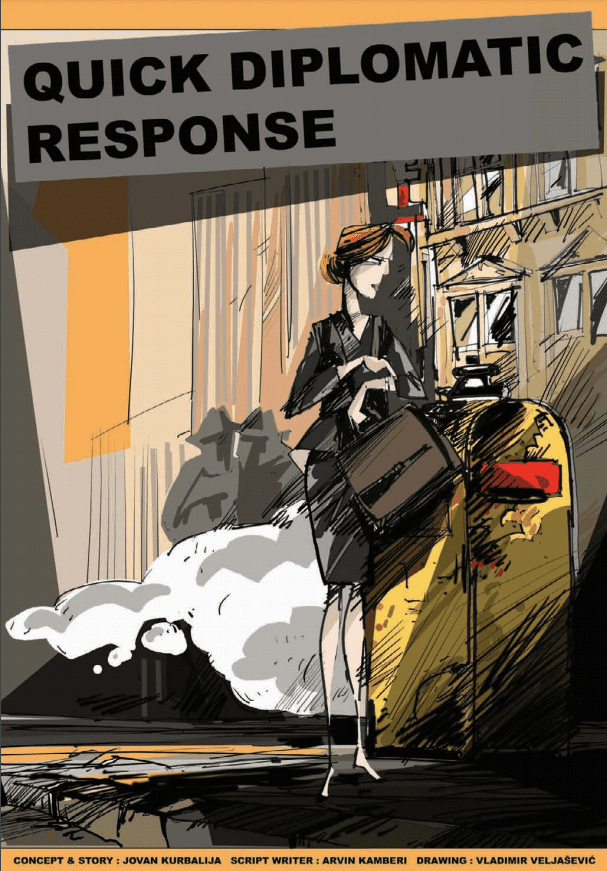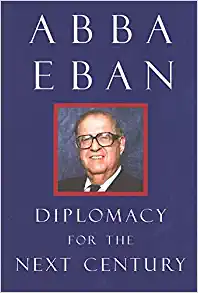21st Century Diplomacy: A practitioner’s guide
2012
The structure works pretty well and it is, like all of Ambassador Rana’s writing, lively and wise. It is also full of interesting facts, for example that Latvia won a prize in 2003 for the best foreign ministry website; it is packed with topical examples; and it bursts with ideas. The author also shows that he is right on top of the latest developments in information and communications technology affecting diplomacy. All of the chapters have their merits but I particularly liked the one on ‘diaspora diplomacy’, in which – despite his enthusiasm for the genus – the author points also to its dangers. He would, however, be disappointed if I did not choose some aspects of the book on which to hint at reservations. These are mainly to do with presentation and organization.
First, Ambassador Rana more than once succumbs to a weakness for providing lengthy summaries of other writers’ views of a subject – for example, the conclusions of Brecher et al’s 1988 study of crisis management on p. 162 and Henrikson’s view of public diplomacy on pp. 85-6 – without integrating them into his own arguments. Together with digressions which sometimes appear to be placed randomly in large boxes, such as the one on ‘MFA Typology’ on p. 118 (a subject surely better treated summarily in the opening paragraph of a chapter dealing generally with MFAs), these tend to generate repetition, give a disjointed feel to the work, and sometimes leave the reader wondering which parts the author agrees with and which parts he does not.
Second, while the structure of the book is basically sound (and I know from my own experience that getting this right with a general book on diplomacy is not easy), I am not sure about the balance of emphasis between the different Parts. In particular, since it is packaged as a guide for practitioners, it is a pity that less than a third of the work is presented as dealing with ‘Craft Skills’. And it is doubly a pity, therefore, that three chapters which to my mind should have been placed under this head are to be found looking rather lost elsewhere: those on public diplomacy, ICTs and protocol.
Notwithstanding these weaknesses (which might have been eliminated by brutal editing), 21st Century Diplomacy remains a textbook which junior diplomats will always want to have with them. It was Wicquefort in saddle-bags in the 17th and 18th centuries, Martens in the Gladstone bags and attaché cases of the 19th, and Satow in briefcases in the 20th; it is Rana in carry-on bags and back-packs in the 21st.
